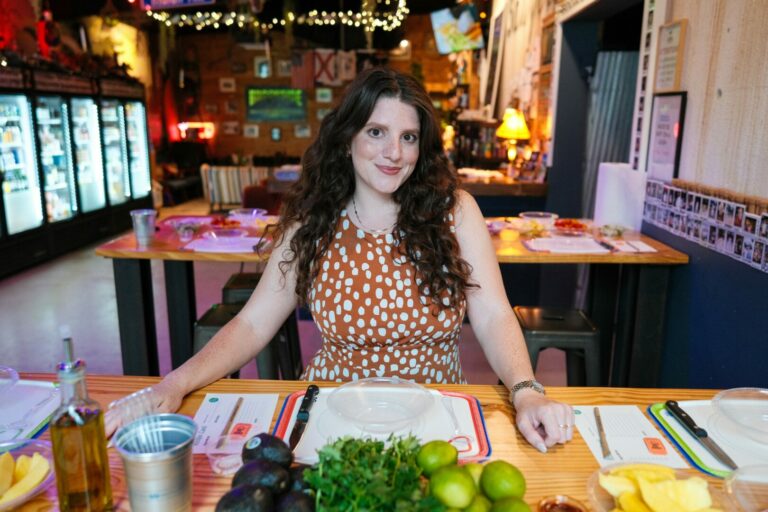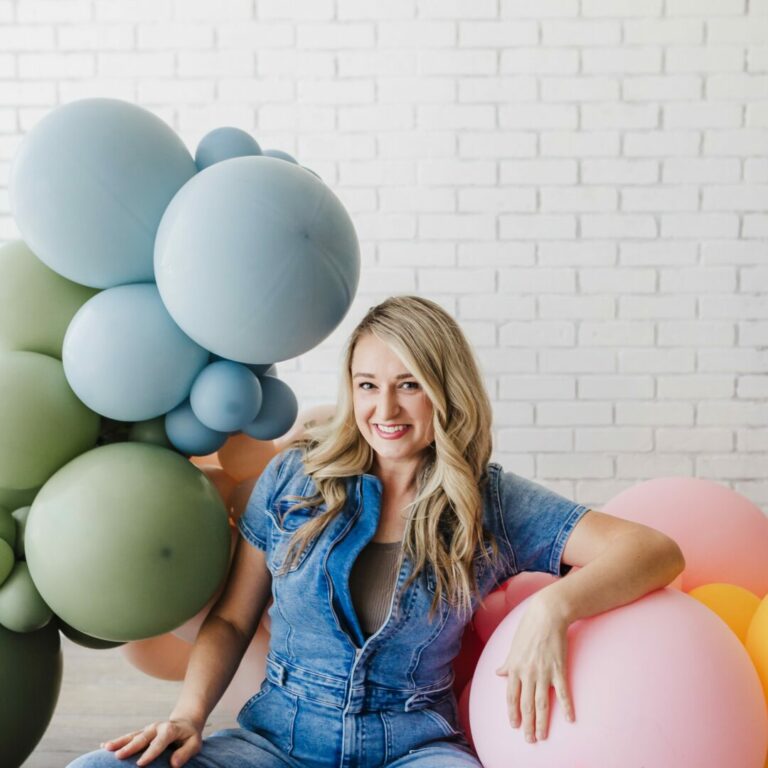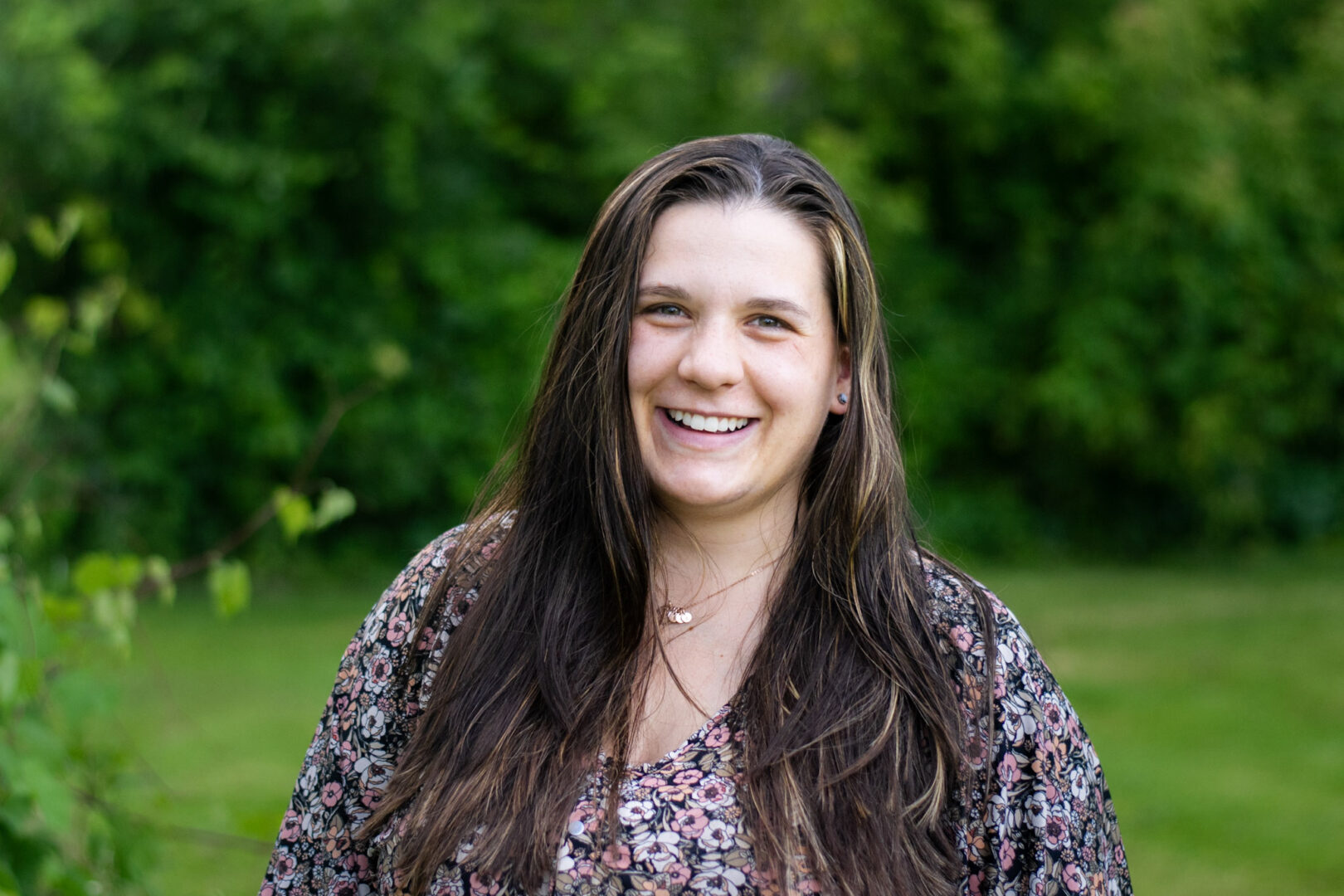Alright – so today we’ve got the honor of introducing you to Arman Sayat. We think you’ll enjoy our conversation, we’ve shared it below.
Arman, we’re thrilled to have you on our platform and we think there is so much folks can learn from you and your story. Something that matters deeply to us is living a life and leading a career filled with purpose and so let’s start by chatting about how you found your purpose.
Well, I’ve always felt that filmmaking was my purpose. Since childhood, I was naturally drawn to creative expression—photography, painting, and eventually filmmaking. Looking back, I realize it was always a part of me. It just needed time, reflection, and a bit of reinvention—like dusting off an old engine and giving it the chance to grow and evolve.
My journey as a filmmaker began with a deep love for cinema. I’ve spent most of my life learning simply by watching films—studying them over and over, analyzing tones, and trying to uncover the secrets behind a powerful shot. Some movies left such a deep impact that they shaped my personality. In many ways, films raised me, taught me about life, and helped me understand the world—often more than formal education ever did.
So yes, I would call it my purpose—but also my passion. A passion to create, to tell stories, and hopefully inspire others the way I was once inspired. From the moment I picked up a camera at 12 years old to now, that passion has only grown stronger.


Appreciate the insights and wisdom. Before we dig deeper and ask you about the skills that matter and more, maybe you can tell our readers about yourself?
It’s been over a decade since I first stepped into the world of filmmaking. In the beginning, those early years were a period of exploration—trial and error, curiosity, and creative experiments. But as time passed, something shifted. What started as a passionate interest gradually became a serious, professional path. The last five years in particular have been a time of real growth, where I’ve not only solidified myself as a Director of Photography, but also matured into a writer-director, deeply involved in shaping stories from script to screen.
Today, I work professionally as a cinematographer—often referred to as a Director of Photography—and as a writer-director who also takes an active role in editing and sound design. Like many independent filmmakers, I wear multiple hats, often functioning as a compact production crew on my own. I believe this all-encompassing approach is part of what defines a truly great filmmaker: understanding every layer of the craft. Not just to maintain creative control, but to collaborate more meaningfully with every member of the team. When you know what your crew is facing—from lighting and camera setups to wardrobe, blocking, and set design—you communicate better, support them more effectively, and lead with empathy instead of pressure.
That’s why I prefer to be hands-on in every stage of the process. From developing the narrative and guiding actors’ emotional arcs, to planning shot compositions, building lighting schemes, and designing the visual language that speaks louder than words. Being involved in all aspects allows me to stay aligned with the story’s soul—whether it’s in pre-production meetings or on set, behind the camera, or later, alone in the editing room making sense of it all.
The three areas I feel most connected to—and where I believe I offer the most—are directing, cinematography, and editing. Each of these roles brings a different perspective, but when unified under one vision, they form the spine of great storytelling. As a director, I begin by shaping the emotional journey of the story—working closely with actors, helping them uncover the truths beneath their characters. As a cinematographer, I then design how that journey is captured—through lighting, composition, camera movement. And finally, as an editor, I rebuild and refine the narrative—sometimes discovering new meanings or alternate paths that weren’t visible on set. There’s a saying in the industry: you write one version of the story, shoot another, and in post-production, you find the final one. That process—the evolution of a story across phases—is something I find deeply magical.
Over the past few years, I’ve had the opportunity to create and contribute to several short films. Two projects stand out. Mr. Nightmare, a psychological short that I wrote, directed, and shot, has received multiple awards at international film festivals and is currently available on Sceneum, a rising platform for independent cinema. Another project, Angry Lily, is an action-driven short that serves as a proof of concept for a feature-length film. This is a project very close to my heart. The feature script is fully developed and currently in the financing stage. It’s an ambitious drama that threads together multiple themes—domestic violence, the war in Ukraine, and the escalating humanitarian tension at the U.S.-Mexico border. It’s a deeply contemporary story, grounded in real-world urgency but presented through the emotional lens of cinematic storytelling. What makes this film unique is its blend of raw action with sincere human drama. I believe it’s a story that will resonate globally, offering not only entertainment but reflection.
As a cinematographer, I’ve also had the privilege of working with bold, emerging voices who push boundaries and challenge norms. One of the most exciting collaborations was on After Party, an LGBTQ+ short film directed by Arsen Diushekeev, a visionary director originally from Kyrgyzstan. This film is also a proof of concept for a larger TV series. The production was dynamic—we even shot underwater scenes—and visually, the project is one of my proudest works. We had an incredible cast and crew, and I truly believe this film has the potential to win major festival awards, particularly for its direction and visual storytelling.
In addition to those projects, there are several others currently in post-production that I’m excited for audiences to experience soon. These include Evil Deeds, It’s Us or Them, On the Other Side of the Road, How’d I Get Here, Counting Clouds, and I’m Brown, among others. Each one explores unique themes and tones, and I look forward to seeing them make their way through the festival circuit.
Recently, I’ve also ventured into the world of documentary filmmaking, which has been an unexpected but rewarding challenge. One project that stands out is a documentary I shot as Director of Photography, which follows the stories of three immigrants from different parts of the world who have come to the United States in search of a better future. Directed by Kamila Bizhanova, this will be her first full-length documentary, and it’s currently undergoing final edits and reshoots. The name of the project remains under wraps for now, but it’s a powerful and emotional piece. What struck me most was how raw and real the experience was—capturing unscripted moments, real emotions, and deeply personal stories. It’s a different rhythm than narrative filmmaking, but equally profound.
Another major highlight has been working with acclaimed director Adam Nimoy and legendary musician Bob Glaub on a documentary exploring the history and uncertain future of recording studios in Los Angeles. Bob’s career spans decades—he’s played with icons like Bruce Springsteen, Bob Dylan, Stevie Nicks, Linda Ronstadt, the Bee Gees, and many more. The film dives into how the rise of digital technology—and even AI—is changing the music industry and slowly eroding the traditional studio culture. Working alongside Adam has been an incredible learning experience. He’s always several steps ahead, with a clear vision and sharp intuition. As a director myself, I’ve learned a great deal from watching him navigate the chaos with precision and grace. And Bob is truly inspiring—his stories, his energy, his humility. Just being able to sit with him and talk about the golden days of analog recording has been an honor.
Through all these projects—whether fiction or documentary—I’ve come to understand that filmmaking isn’t just a job or even just an art. It’s a way of seeing the world. It’s about noticing the details others might miss and creating space for emotions, ideas, and voices that need to be heard. I believe in the power of stories to spark change, to offer comfort, to challenge perspectives, and to bring people together. That’s what excites me most—and it’s what continues to drive everything I do.
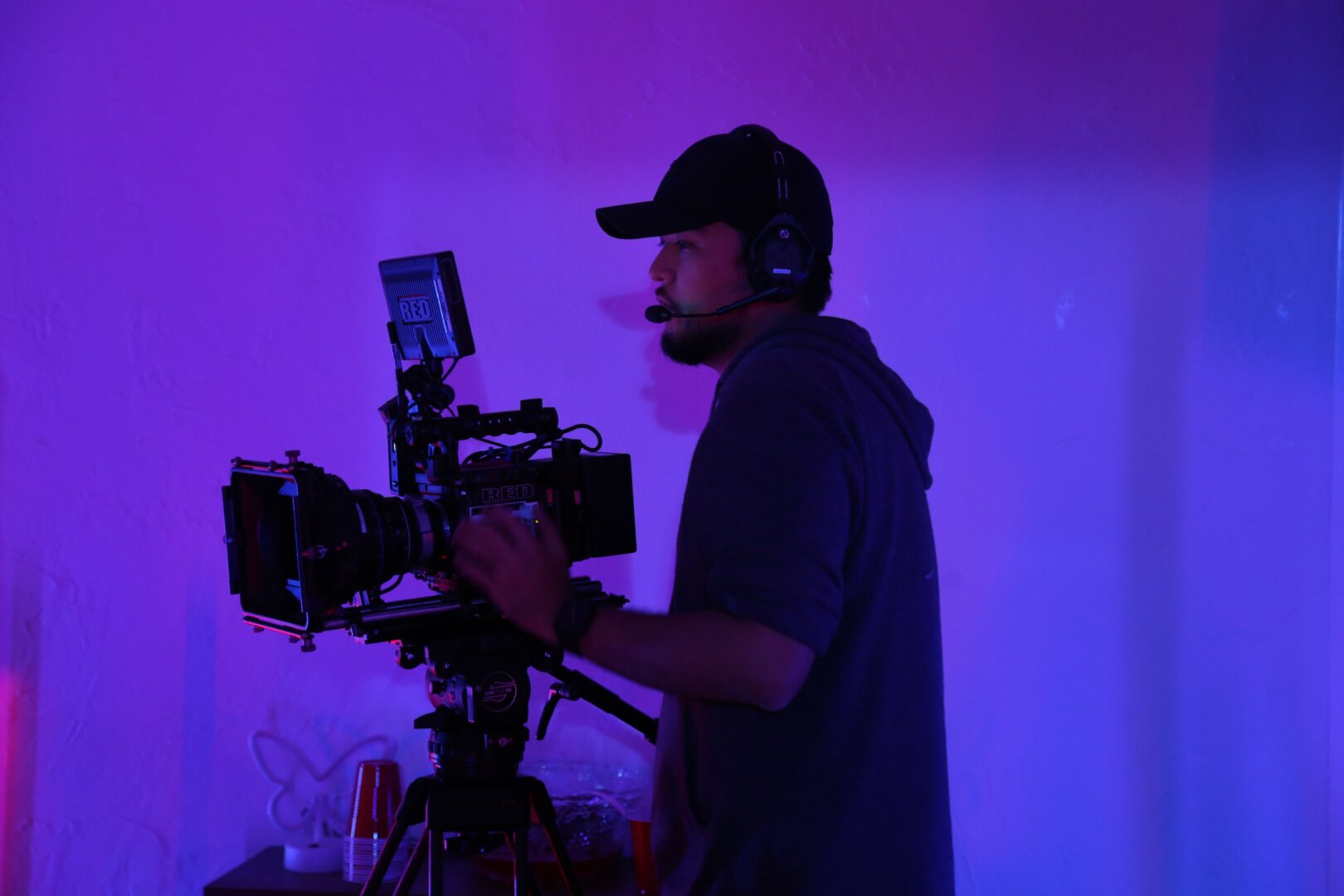
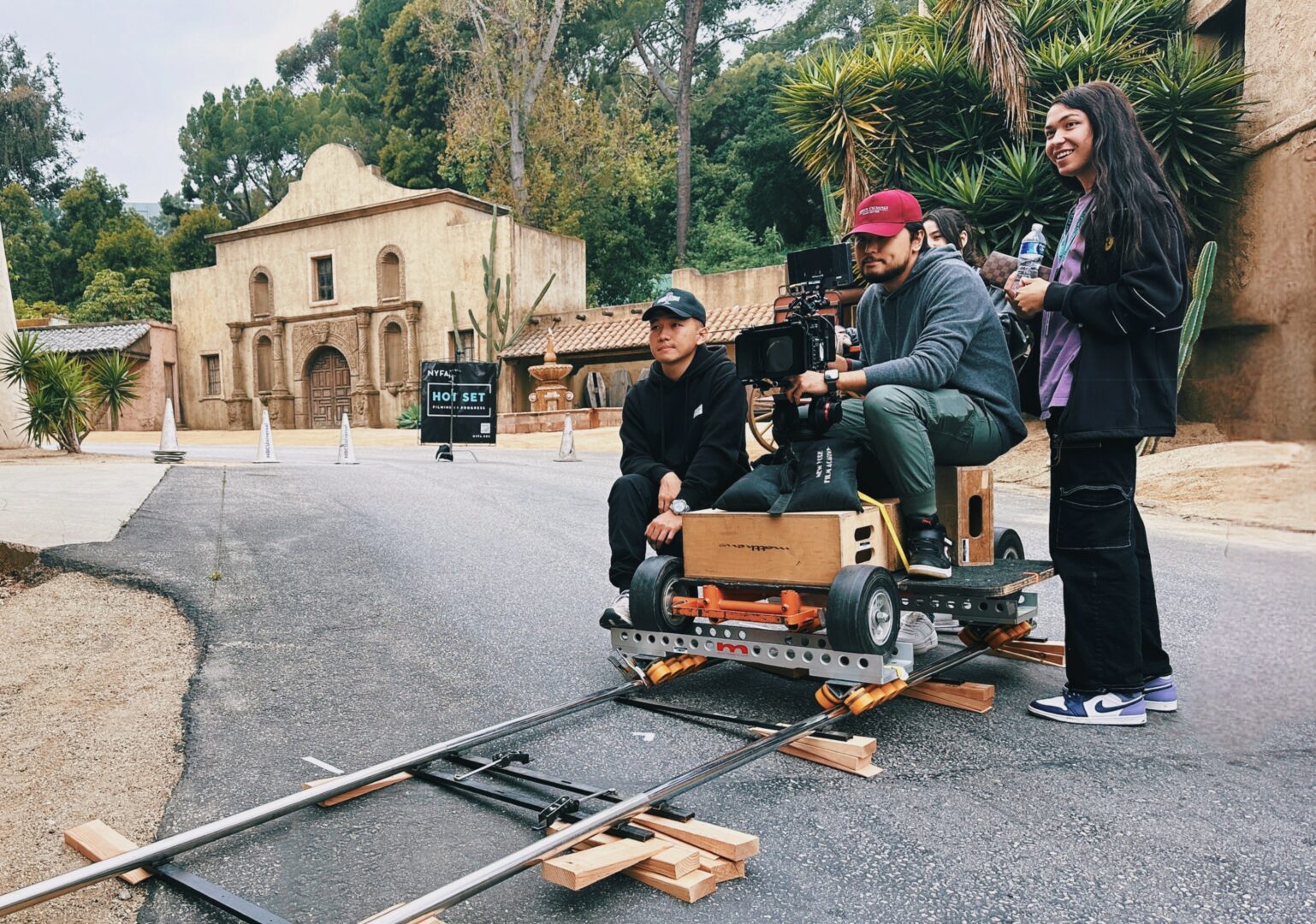
Looking back, what do you think were the three qualities, skills, or areas of knowledge that were most impactful in your journey? What advice do you have for folks who are early in their journey in terms of how they can best develop or improve on these?
Looking back, what do you think were the three qualities, skills, or areas of knowledge that were most impactful in your journey? What advice do you have for folks who are early in their journey in terms of how they can best develop or improve on these?
Looking back, I would say the first and most important quality is openness—a true willingness to absorb everything around you. Whether it’s a new technique, a different perspective, a story you’ve never heard, or advice from someone with more experience, you have to approach learning with the mindset of a beginner. I often tell myself: Assume you know nothing—be like a newborn, wide-eyed and curious. That hunger to learn keeps your creativity alive. It also means letting go of your ego. You can’t grow if you believe you’ve already arrived. One of the hardest but most powerful things you can do is admit your weaknesses and understand that others—maybe younger, maybe more talented—might be ahead of you in certain areas. And that’s okay. It’s not a competition; it’s a journey. Be humble enough to learn from them, to follow their path without judgment or envy. Don’t criticize others for their style or choices—there are no rules, and there is no single way to create. What matters most is staying open.
The second key is resilience through constant self-improvement. You have to fall in love with the process of growing. Every time you feel like you’ve reached a peak, ask yourself, What else can I try? What new skill can I add? What part of my craft needs more attention? Be grateful for where you are, but never become complacent. The moment you feel “satisfied,” you risk losing momentum. Instead, keep moving forward. Learn new tools, watch different films, explore other mediums. Push yourself beyond your comfort zone. And just as important—listen. Accept suggestions, take feedback seriously, but also know when to trust your instincts and stand by your vision. There’s a balance between being teachable and being confident, and finding that balance is what keeps your work both personal and powerful.
The third quality is understanding your humanity and embracing it fully. Not everyone learns the same way or brings the same talents to the table. Some people are great with visuals, some with emotions, some with organization, and some with connecting to others. Figure out what your strength is—but also identify what you need to improve, and put in the effort to fill those gaps. Just because you’re not the “best” in one area doesn’t mean you can’t become great. Skills and knowledge will come with time. What matters most is your drive. Your commitment. Your belief that you have something worth saying. Don’t let anyone convince you otherwise. If someone tells you that you can’t do something, that’s not a reflection of your ability—it’s a challenge to prove to yourself what you’re capable of.
That’s been my mantra throughout my journey: stay humble, stay hungry, and stay human. If you bring those three qualities to your work every day, there’s no limit to how far you can go.

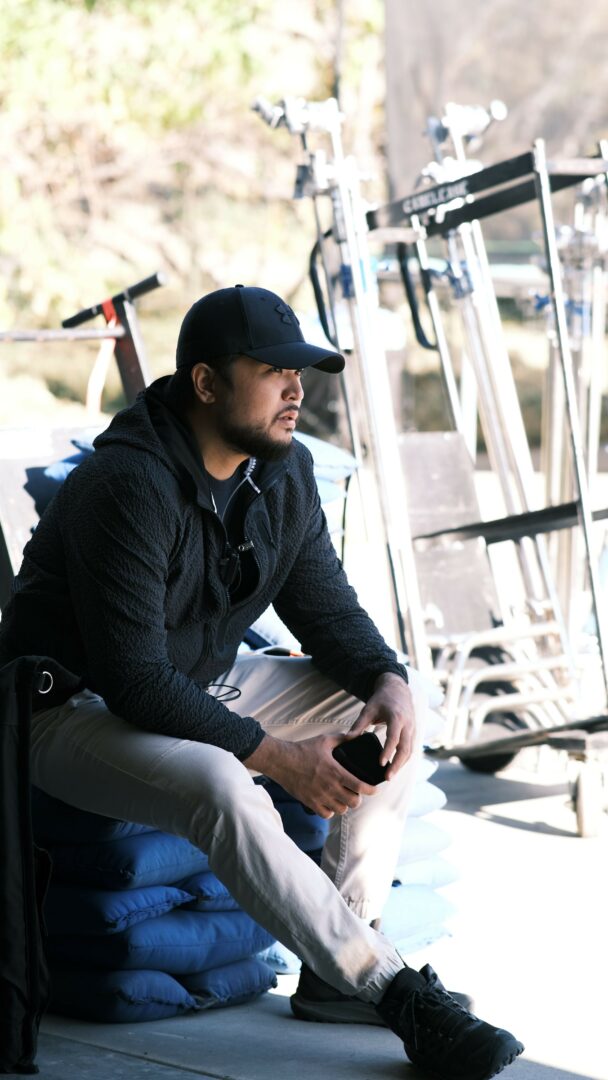
All the wisdom you’ve shared today is sincerely appreciated. Before we go, can you tell us about the main challenge you are currently facing?
I believe the biggest challenge I’m facing right now isn’t just personal—it’s something that affects the entire film industry, possibly one of the greatest turning points in cinema history. I’m talking about the rise of artificial intelligence and its rapid intrusion into the creative world. We are standing at a crossroads where the stories, films, and artistry we’ve known and loved for generations may be fundamentally changed—or even replaced—by machines.
As a filmmaker and artist, I struggle to understand the appeal of AI replacing real human talent. Art is a deeply human expression. It’s about emotion, experience, and imperfection. Yet what we’re seeing now is technology not just supporting us—which is what it should be doing—but trying to replicate and replace us. I understand the business side—AI is fast, cost-effective, and seemingly limitless—but to me, it misses the soul. The kind of art we fall in love with comes from lived moments, risk, failure, connection. And now, instead of going out into the world, working with people, and capturing reality, we’re watching artists press a button and generate content in seconds. That isn’t storytelling. That’s mass production.
What hurts most is that AI-generated content is beginning to reshape audience behavior. People consume stories differently now. Many can’t sit through a full-length film without distractions. Some pause movies halfway and finish them days later. The pace of content has changed attention spans, and with it, the way we engage with art. That change is not just cultural—it’s neurological. We’re conditioning our brains to expect instant satisfaction and shorter formats, which makes it even harder for deep, meaningful cinema to find space.
This shift has also brought about the rise of vertical short films—a format originally seen as far removed from traditional filmmaking, but now quickly becoming its own genre. At first, I was skeptical. Many of these shorts are produced quickly, with little attention to depth or visual storytelling. But instead of turning away from the trend, I’ve decided to challenge it.
That’s why I’m currently developing one of the most important projects of my year—a vertical short film series titled Upstairs, a sci-fi drama that aims to raise the bar for the entire format. It’s a response to the current content culture. Our goal is to bring cinematic quality—rich visuals, powerful performances, and layered storytelling—into a vertical experience that still respects the viewer’s time but delivers real substance. It will be short in length, but not in ambition.
We’re currently in the development stage, building the world, crafting the characters, and designing the look and feel with the same care you’d give to a feature film. Upstairs isn’t just a project—it’s my way of proving that short-form vertical storytelling can be meaningful, cinematic, and emotionally impactful. By the end of this year, we hope to launch it and show the industry—and the audience—that quality doesn’t have to be sacrificed for format.
So, while AI and changing audience behavior present massive challenges, I choose to respond with creativity, not fear. I believe in adapting without losing artistic integrity. And I’m determined to be part of the wave that redefines what’s possible in this new storytelling landscape—without losing what makes cinema truly human.
Contact Info:
- Website: https://www.cineloom.net
- Instagram: https://www.instagram.com/filmsbyinsomniac/
- Facebook: https://www.facebook.com/arman.sayat
- Linkedin: https://www.linkedin.com/in/arman-sayat-670a86190/
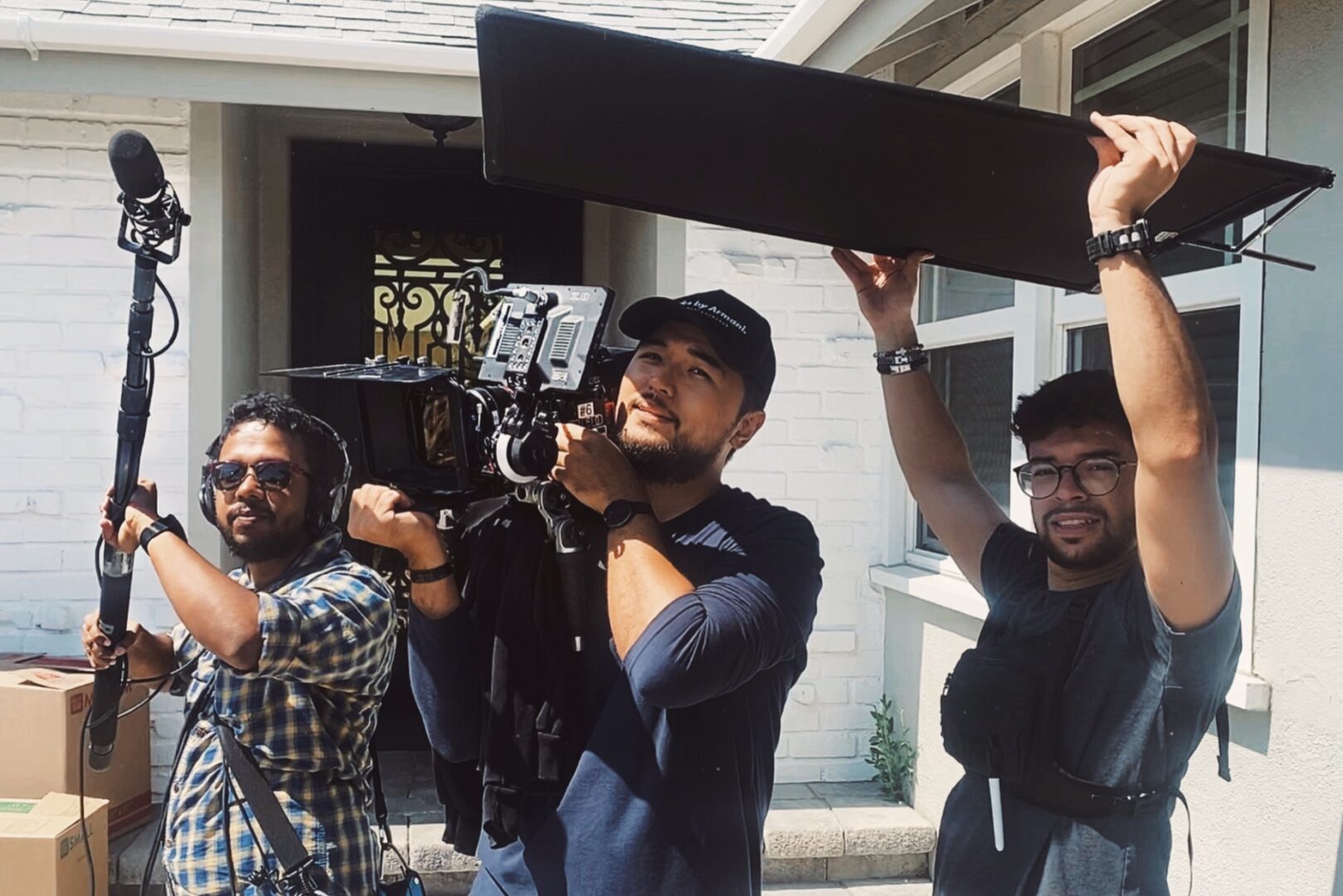

Image Credits
Picture 1: Cinematographer Arman Sayat and director Adam Nimoy
Picture 2: director Adam Nimoy, musician Bob Glaub, Cinematographer Arman Sayat and camera operator Liang Dong
so if you or someone you know deserves recognition please let us know here.


